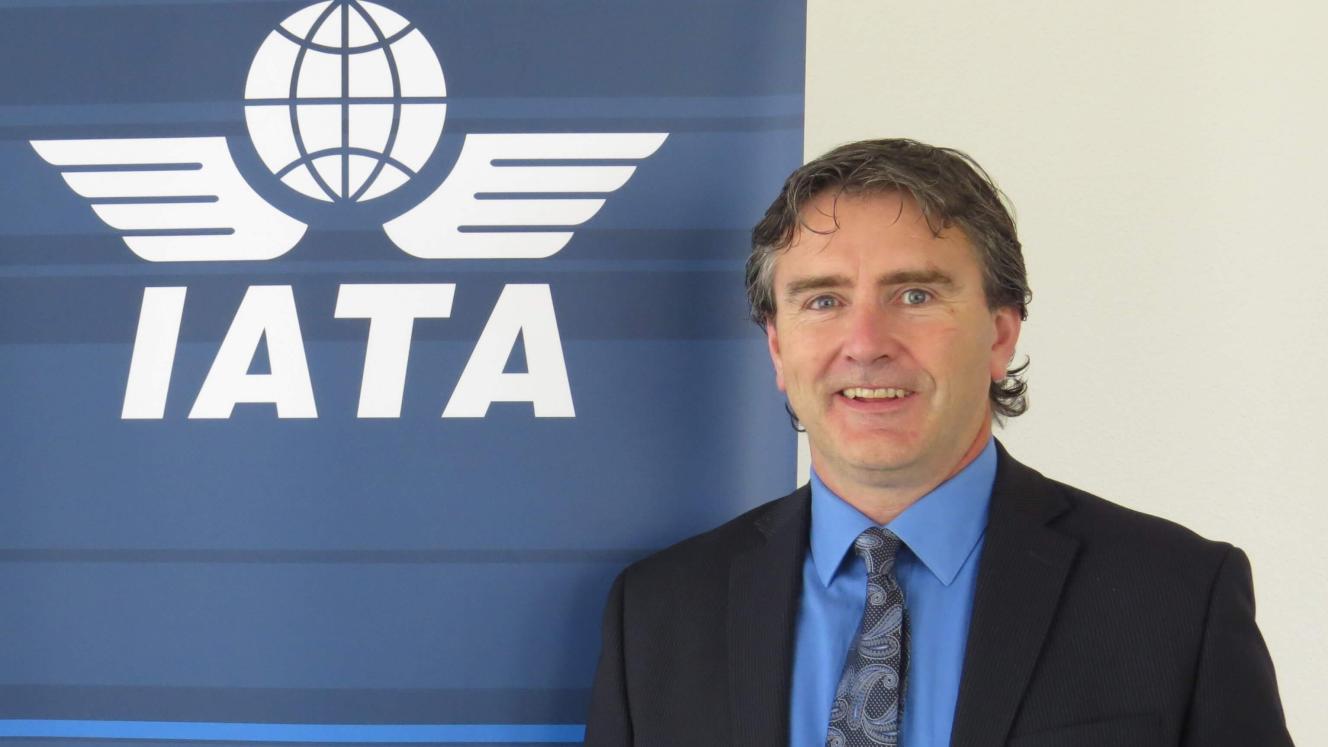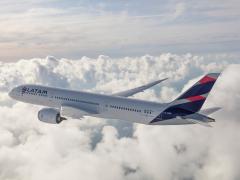Iata has called for enhanced ground support equipment (GSE) to improve safety and contain the cost of ground damage involving this equipment.
Enhanced GSE uses anti-collision and inching technology, improves vehicle control, and increases docking accuracy, all of which minimise the risk of injuries and damaging aircraft.
According to Iata’s analysis, the annual cost of ground damage could double to nearly US$10bn (R174,69bn) by 2035 unless preventive action is taken. This estimate is based on direct costs including labour and material costs, temporary leasing costs, logistical expenses, and administrative costs and indirect costs, including lost revenue, crew and passenger repositioning costs, compensation costs for delayed services, etc.
“Transitioning to enhanced GSE with anti-collision technology is a no-brainer. We have proven technology that can improve safety. And with the cost of ground damage growing across the industry, there is a clear business case supporting early adoption,” says Nick Careen, Iata Senior VP Operations, Safety and Security. “The challenge now is to put together a roadmap so that all stakeholders are aligned on a transition plan.”
A hand in sustainability
Along with reducing the cost of ground damage, the transition to enhanced GSE will also support the industry’s commitment to achieve nett-zero CO2 emissions by 2050 as most new equipment is electrically powered.
“Most enhanced GSE is electrically powered, making it cleaner and more energy efficient. While the main focus of aviation’s decarbonisation efforts is on how we power aircraft, what happens on the ground cannot be ignored,” says Careen.
Iata will work with industry partners to implement strategies, goals, and programmes to drive adoption of enhanced GSE. The Iata Airport Handling Manual already advises the design and use of GSE anti-collision systems as a best practice, with many airlines and ground handlers seeing the first benefits.













